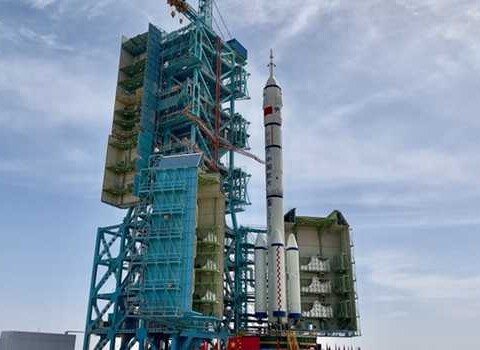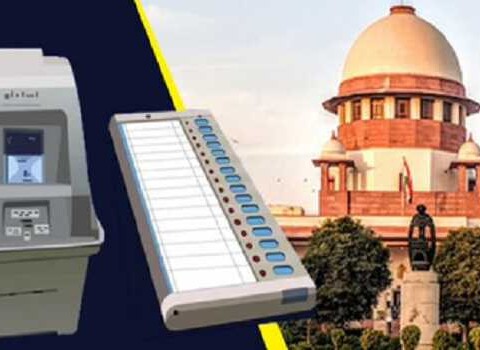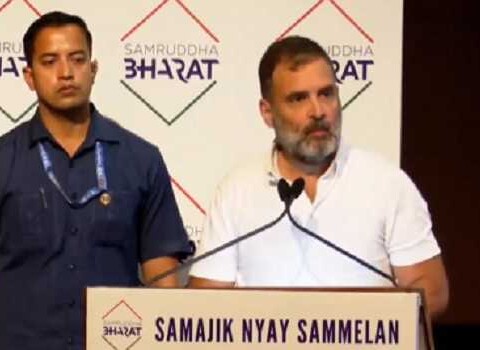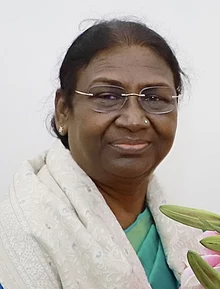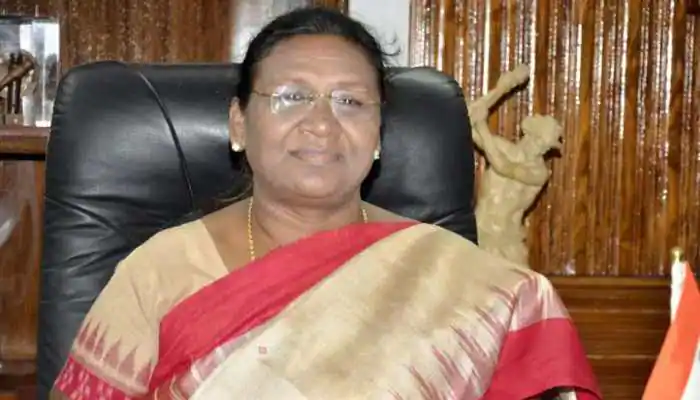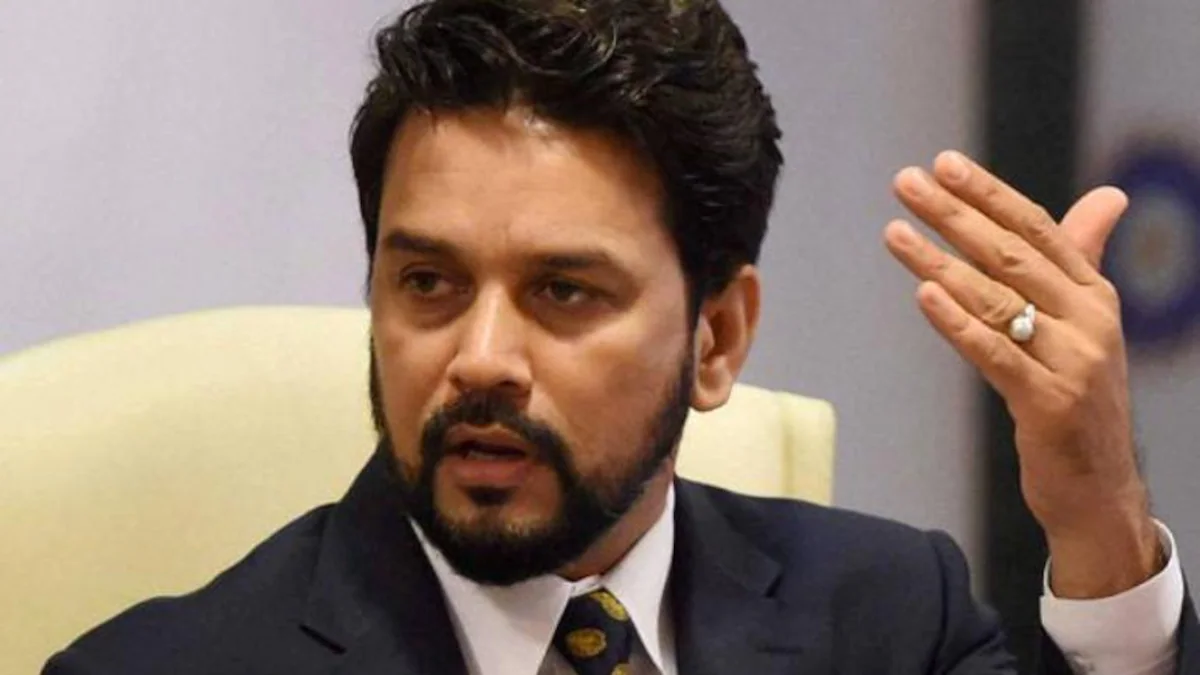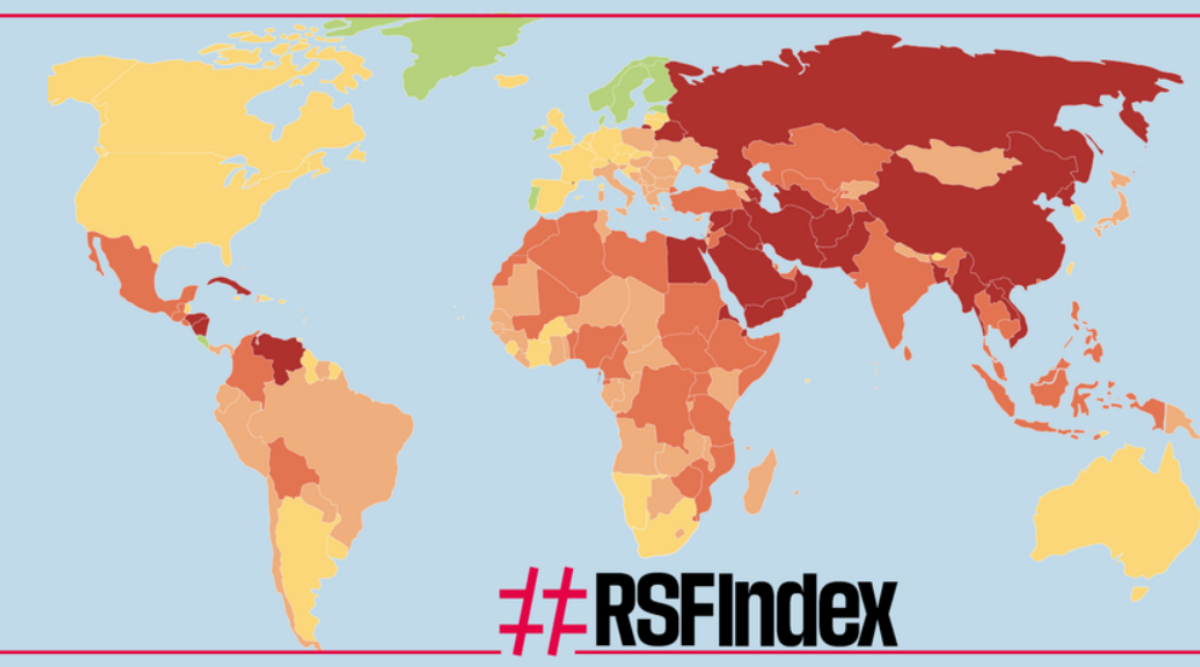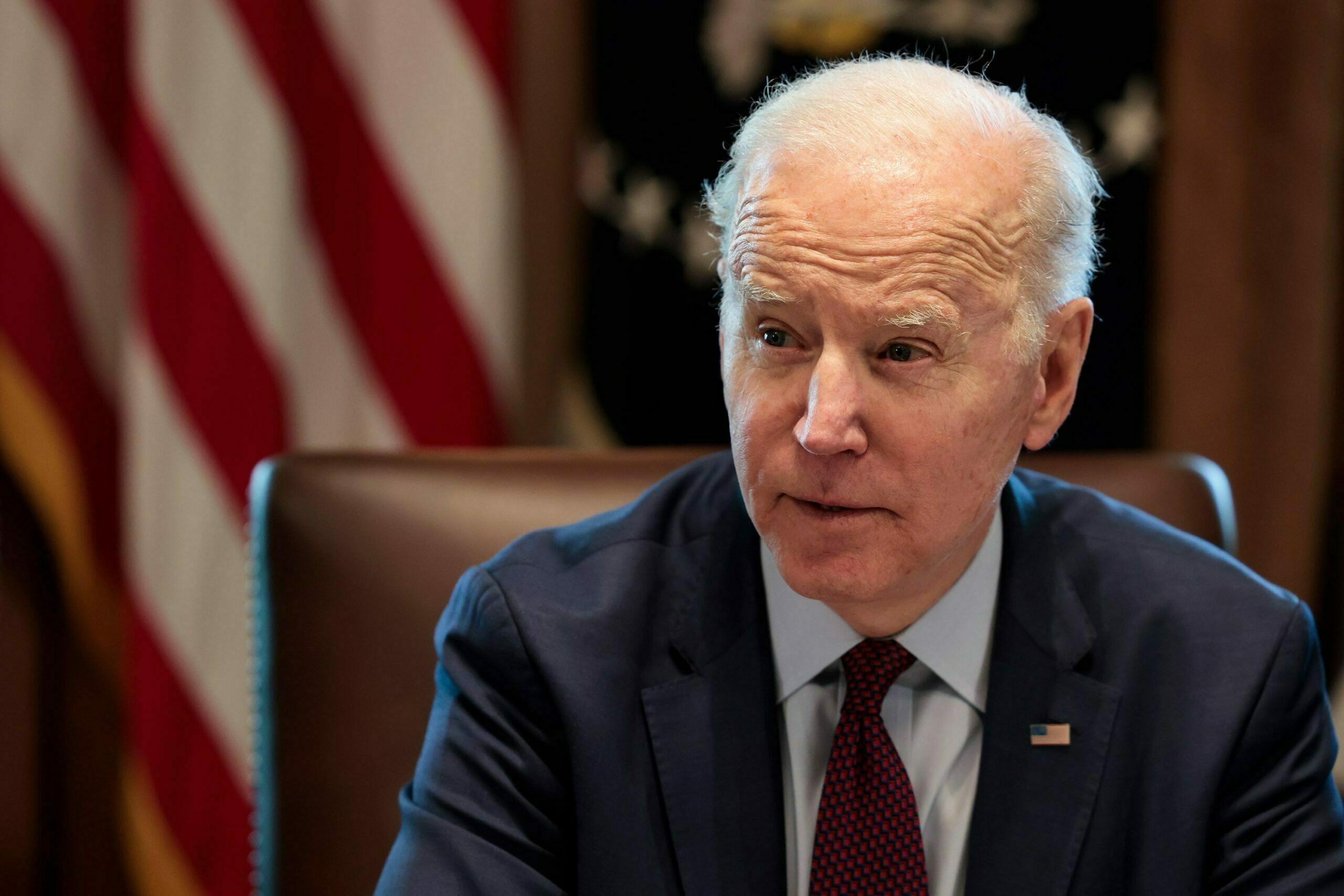Asem Mohiuddin
Amid the efforts of the government to revive tourism in Kashmir and bring its economy on rails, the first day of April proved a bloody one. On the day that sets the beginning of summer in Kashmir, over 19 killings were witnessed including twelve militants, four civilians and three army men.
The situation turned ugly barely a week later after Kashmir hosted the first convention of Travel Agents Association of India (TAAI) in last thirty years.
The aim of holding the convention at Srinagar was to support the State’s tourism. The tourism in Kashmir which contributes roughly 7 percent to state’s economy and has substantial potential to grow has been the worst hit due to the fragile political situation.
However, the bleak situation in Kashmir is posing a severe threat to the industry since 2016 when the top militant commander Burhan Muzaffer Wani was killed; the tourist footfall has been enormously decreasing on the land here.
In fact the industry is suffering since the inception of militancy in valley and its share has come down from 16 per cent in 1980’s.
This year the Government looked more sincere in reviving the industry and was expecting that peace would prevail since 2017 by and large didn’t witness any big episode which could have jeopardized the calm on streets notwithstanding the killing of 217 militants, the highest ever since 2010 after the launch of “Operation All Out” by the security forces.
Despite the efforts of the Government of India to ensure peace in Kashmir, the situation is turning uglier day by day. More and more youths have been joining the militant ranks and the slew of measures undertaken by New Delhi on recommendations of Interlocutor Dineshwar Sharma to grant amnesty to the first time stone pelters, setting free the separatists to carry out their political activities seems yielding little.
The trouble beneath the surface continues to swell with security forces not gaining the control over the situation in South Kashmir even though it has been focusing on it for a long time. While looking through the larger prism, the situation initially was worrisome in North Kashmir towns with its epicenter in Sopore town, where the militancy was apparently more effective until 2011.
The killings, encounters, protests turned the order of the day and by 2010 it had become so powerful that militants especially foreigners would carry daring attacks on security installations in broad daylight.
However, the government woke up to the concern of growing militancy and put stringent security measures in place to curb the trend. The town was carved out as an independent police district and its all borders were seized especially with the neighbouring district Kupwara to stop infiltration of militants into the district.
The vigilance on the ground was also increased which resulted in 50 killings of militants including its top commanders by the end of the year which demoralized the militants to a greater extent.
Subsequently, some developmental packages by the then chief minister Omar Abdullah were also announced for the beatification and development of town to reach out to the estranged masses. The militancy in Sopore didn’t wield its ground into the peripheries like Baramulla, Kupwara and Bandipora, though the town is sharing its borders with the districts.
However, it shifted its base into the Tral town of South Kashmir which was relatively under control until 2010 though the separatist sentiment was running deep here.
Ironically, the militancy like in Sopore didn’t remain in control here and has expanded in last seven years to the whole of the region. The security forces who initially were claiming that Tral and Sopore are the major challenges from the security point of view are battling for peace in the entire South Kashmir.
Today, the militancy has sowed its roots deep in almost all districts of South Kashmir and enjoys amazing support from the locals who often are caught at encounter spots intending to offer safe passage for trapped militants against security forces and some of the civilians have to pay with their lives.
While the militancy seems to be sustaining in South Kashmir for all these years and shows no dwindling graph despite lots of causalities, it has managed to create some top faces like Burhan Muzaffer Wani whose name even today after his death continues to recruit militants.
While his successor Zakir Musa who later parted his ways from the local militant outfit Hizbul Mujahidin and formed Ghaza-watul hind-an offshoot of ISIL to fight for the Islamic Caliphate in Kashmir also continues to wield his ground in the region even his idea was widely rejected.
His fan following on the social media and in the funerals of slain militants waving ISIL flags is evident to his growing influence in the hinterland.
Upcoming North Kashmir Challenge
Similarly, the security forces will be bracing for another challenge in North Kashmir where the local poster boys for rejuvenating the militancy were missing. The recent joining of two well-educated youths including Manan Wani, a scholar of prestigious Aligarh Muslim University and Junaid Ashraf Sehari, an MBA pass out from Kashmir University may fill the vacuum.
While Manan hails from a well-educated family in Kupwara, Junaid is the son of serving Tehreek Hurriyat Chief Mohammad Ashraf Sehrai who interestingly held the post just a few days before his son appeared on social media holding a gun and announcing his decision of joining the militant ranks.
Sehrai refused to call his son Junaid back claiming that Junaid picked gun after facing harassment by the forces. However, the pleas of Manan’s family to get their scholar son back yielded no fruits.
In case the government fails to keep the tap on the growing influence of two North Kashmir boys, the endeavour of expanding and sustaining the militancy from South to North Kashmir may serve the results. And it may pose a greater challenge to the peace efforts of New Delhi.
Baramulla town which otherwise was a peaceful have also some militant recruits now. Reportedly some boys have been missing from the town and have apparently joined the militant ranks. To sustain peace instead of returning their body bags, government must look for ways to get them back alive in their families.
It needs to be seen how the state and central government would react to the strategy, although the initiative of letting separatist leaders including Syed Ali Geelani to carry out political activities peacefully.
For the first time in past eight years, Hurriyat (G) veteran Syed Ali Geelani was allowed to step out of his home at his Hyderpora residence and join the Friday prayers where he addressed the gathering.
Along with serious peace efforts, the Government of India needs to throw open the dialogue channels instead of shrinking the space which gives a flip to violence besides engaging with the people at different levels. The economic initiatives being taken up so far may not bear fruits unless the situation is turned into a politically favorable one.
The writer is an Editor of The Legitimate and has been covering security since eight years in Kashmir.



